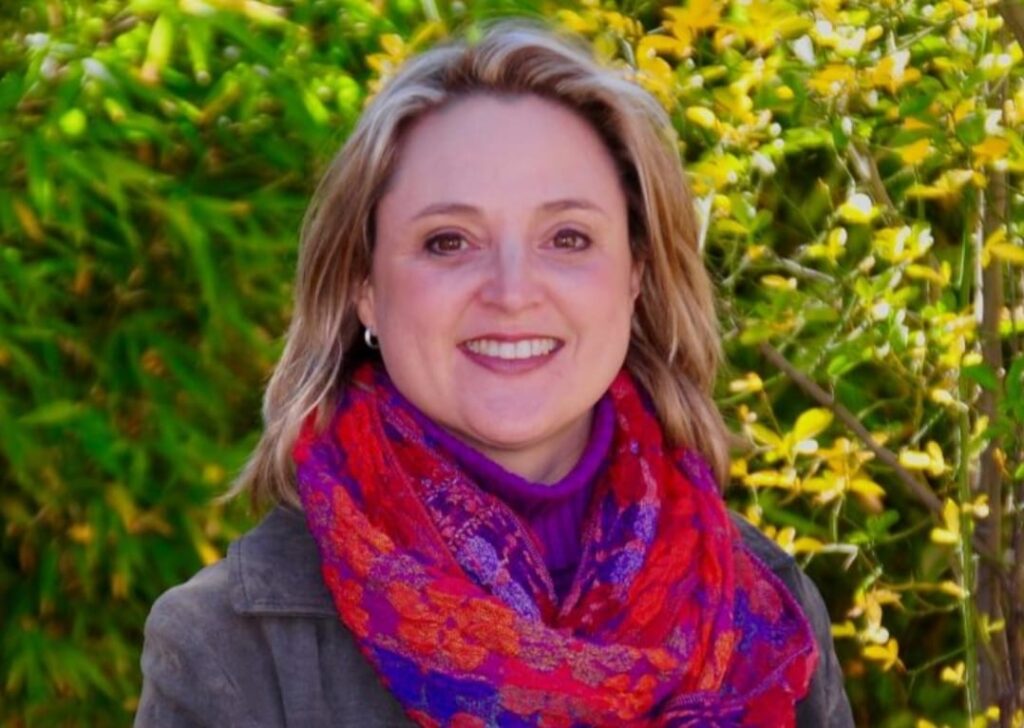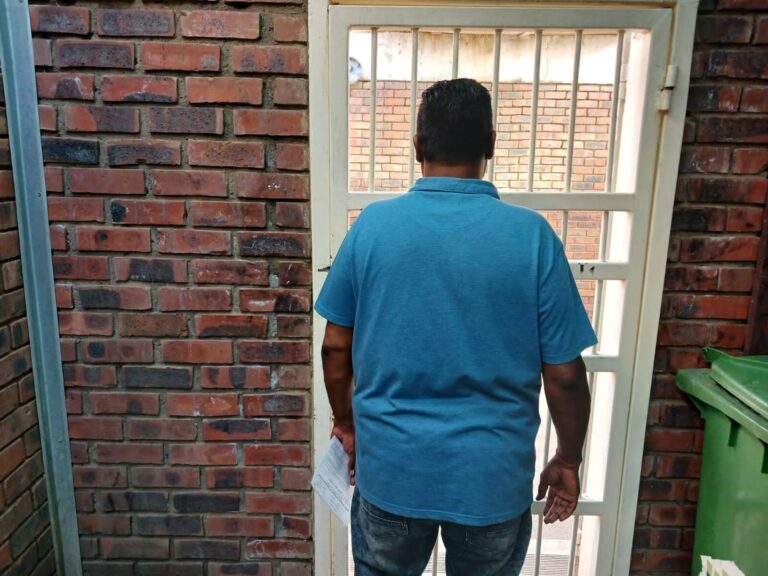By Staff Reporter
BLOEMFONTEIN – Breast Cancer Awareness Month in October serves as a critical reminder of the importance of early detection and regular screening in combating breast cancer.
The Clinical Oncologist and Head of the Department of Oncology at the University of the Free State Professor Alicia Sherriff, underscores how awareness, self-examinations, and timely screenings can help reduce breast cancer’s impact on lives.
“To reduce breast cancer morbidity and mortality, we must focus on raising awareness and normalizing practices like regular check-ups, monthly self-examinations, and screenings. Every October, communities across the globe rally together to promote breast cancer education and honour those affected by the disease.
“The pink ribbon, widely recognized as a symbol of breast cancer awareness, unites people in support and solidarity. The pink ribbon stands for hope, unity, and resilience. It reminds society that we are in this fight together, supporting one another through the challenges of breast cancer.
“According to global statistics, breast cancer is the second most diagnosed cancer, with approximately 2.3 million new cases and 458,000 deaths each year. In South Africa, breast cancer ranks as one of the most common cancers among women, affecting one in 27 over their lifetime, according to the National Cancer Registry (NCR).”
Sherriff said breast cancer can affect anyone, regardless of social, financial, or educational background, men can also develop breast cancer, though it accounts for only 1% of cases. Early detection improves survival rates significantly, with nearly 90% of early-stage breast cancer patients surviving long-term.
She highlighted the importance of monthly self-examinations and regular mammograms, advising, all women should examine their breasts and underarms each month. She suggests performing the self-exam after a menstrual period or on the same day each month for those with irregular cycles.

Prof Alicia Sherriff is Head of the Department of Oncology and a clinical oncologist at the University of the Free State (UFS).
Self-Examination Guide
1. Visual Check: Stand before a mirror and look for any unusual changes in breast shape or appearance.
2. Circular Motion: Use fingertips to feel for lumps in a circular motion from the outer breast toward the nipple.
3. Lying Down: Lie flat with one hand behind your head, using the other to check for lumps in the breast.
4. Nipple Discharge: Consult a doctor if you notice any discharge unrelated to pregnancy or breastfeeding.Common warning signs of breast cancer include a painless lump, thickening near the breast or armpit, changes in breast shape, skin dimpling resembling orange peel, an inverted nipple, bloody discharge, and changes in breast texture.
Screening Recommendations
Mammograms, which are X-rays of the breast, play a vital role in detecting early warning signs of breast cancer. Sherriff recommends annual mammograms for women over 40 and, after age 55, every two years. For women with a strong family history of breast cancer, screenings may start earlier, potentially including both mammograms and ultrasounds.A mammogram can detect breast issues before they progress, but a biopsy is needed for a definitive diagnosis.
Lowering Breast Cancer Risk
A healthy lifestyle can reduce the risk of breast cancer. Sherriff advises regular exercise, maintaining a healthy weight, and avoiding tobacco and alcohol. Knowing family medical history and scheduling regular health check-ups also play a part in prevention.This October, there was a call for unity in the fight against breast cancer to encourage those around you to learn about breast health, practice monthly self-exams, and schedule screenings. South Africans must care for their health year-round and support those impacted by this disease.


















